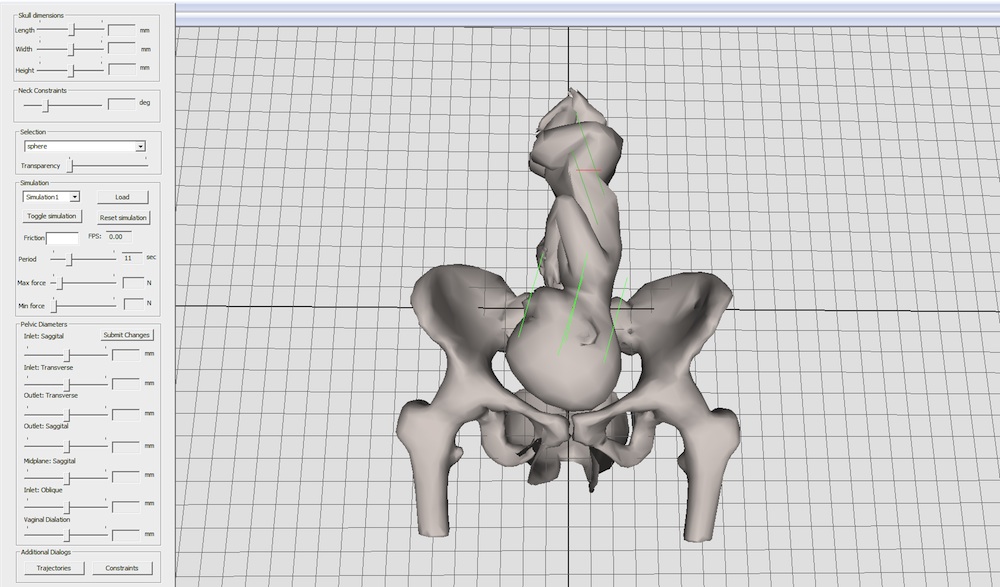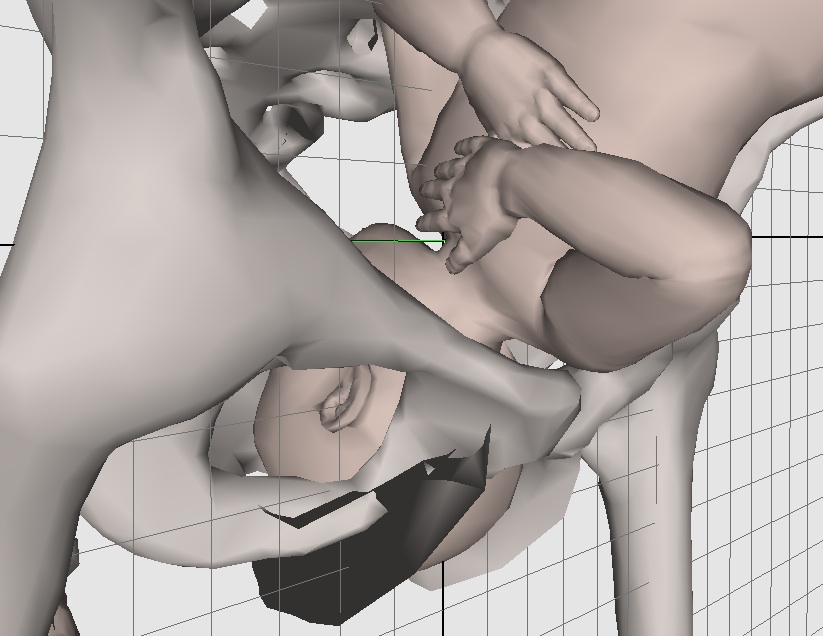3D Virtual Birth Simulator Could Help Doctors Prepare for Delivery

It seems there's almost nothing computers can't simulate these days: Now, a new computer program simulates human birth using 3D virtual reality.
The simulator is the first of its kind to take into account factors such as the shape of the mother's body, and the shape and position of the baby. It could help doctors and midwives prepare for unusual or dangerous births, according to the researchers in England who developed it.
"You can't see inside during a live birth. The simulator shows you what's happening inside," said Rudy Lapeer, a computer scientist at the University of East Anglia, leader of the research that was presented Nov. 22 at a conference on E-Health and Bioengineering in Romania. [Blossoming Body: 8 Odd Changes That Happen During Pregnancy]
Hospitals have used models to simulate the birthing process since the 1800s, Lapeer told LiveScience. But whereas most current simulators are based on known scenarios, the new simulator models the physics of childbirth — the basic forces exerted by the cervix, abdominal muscles and the doctor or midwife — so it can simulate an unfamiliar birth scenario.
The simulator is also designed to be patient-specific. Doctors can scan a pregnant woman, and then adapt the simulator to her anatomy. They can run through a number of scenarios based on previous births.
For example, in macrosomia, in which a baby weighs significantly more than average, doctors could use the simulator to determine whether the baby could be delivered vaginally or would require a cesarian section to prevent shoulder dystocia (when a shoulder gets stuck in the birth canal), for instance.

The simulator can also be used for training. Currently, doctors or midwives must learn on mannequins or by watching live births, but these don't let them see how the baby is moving inside its mother.
Sign up for the Live Science daily newsletter now
Get the world’s most fascinating discoveries delivered straight to your inbox.
The computer program is limited in that it doesn't include movements of the perineal muscles of the mother's pelvis, nor does it include movements of the fetus. And it currently only models one baby, and one pelvis.
During the vast majority of births, the baby performs a distinct set of seven movements. Currently, the simulator can reproduce three of them, Lapeer said. But he hopes the system will be able to simulate all of these movements within a year.
Ultimately, imaging technology will enable doctors to run the birth simulator during the birth itself. That kind of "augmented reality" would allow doctors to see how the baby is positioned, and adapt the delivery procedures accordingly. That technology is probably at least a decade away, Lapeer said, "but ultimately, we will get there."
Follow Tanya Lewis on Twitter and Google+. Follow us @livescience, Facebook & Google+. Original article on LiveScience.

Is getting an IUD painful?
'Useless' female organ discovered over a century ago may actually support ovaries, study finds










